Here’s How One German Artist Turned the Tables on the Surveillance State
In his project "Cached Landscapes," Florian Freier uses a service we're all familiar with to make an important statement about the ironies of spying in the digital age.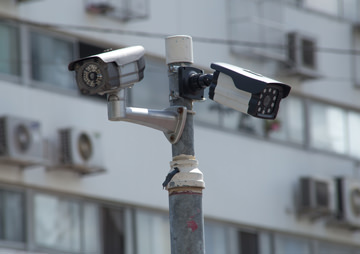 Shutterstock
Shutterstock
Shutterstock
In his project “Cached Landscapes,” German artist Florian Freier uses a service we’re all familiar with to make an important statement about the ironies of spying in the digital age. Using thumbnail Google Maps caches of “sites believed to be key to German’s signals-intelligence (SIGINT) apparatus,” Freier creates “elaborate composite images” that contribute to the ongoing conversation on mass surveillance.
From Wired:
Florian Freier embraced [the reality of living in a surveillance state] and turned it against Germany’s surveillance state in his project Cached Landscapes, using Google Maps to watch the watchers. The irony is he didn’t take the photos, or even the screenshots featured in his elaborate composite images. All of them were pulled from a subfolder holding a thumbnail cache of every web page he visits. It’s a fascinating yet unsettling look at observation and surveillance, proving that even when you’re spying on others, someone probably is spying on you.
The German artist was inspired by Trevor Paglen, an artist known for exploring surveillance and national security. Paglen recently invited people to document Germany’s surveillance infrastructure and promised to include the best work in his exhibition in Frankfurt. He told the magazine frieze d/e, that he wanted artists to help him “imagine metaphors, or create images, that would allow us to comprehend mass surveillance.”
Freier’s work is a response to that call. Some time before beginning the project, Freier learned every time he visited a page or clicked around on a map online, his browser cached an image—something he discovered while digging through his hard drive. For Cached Landscapes, he did it intentionally, using Google Maps to explore sites believed to be key to German’s signals-intelligence (SIGINT) apparatus—US and German military bases, embassies and the like. “I liked that I was trying to find these hidden landscapes that Paglen was looking for but the data on my computer was also its own hidden landscape,” he says.
Read more and take a look at some of Freier’s creative images, here.
—Posted by Natasha Hakimi Zapata
Your support matters…Independent journalism is under threat and overshadowed by heavily funded mainstream media.
You can help level the playing field. Become a member.
Your tax-deductible contribution keeps us digging beneath the headlines to give you thought-provoking, investigative reporting and analysis that unearths what's really happening- without compromise.
Give today to support our courageous, independent journalists.

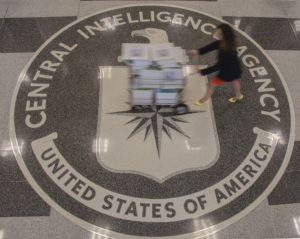
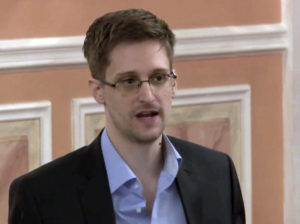

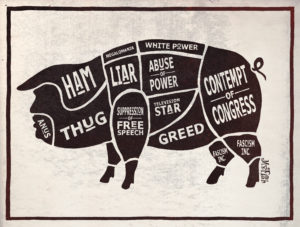

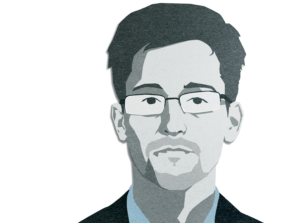


You need to be a supporter to comment.
There are currently no responses to this article.
Be the first to respond.